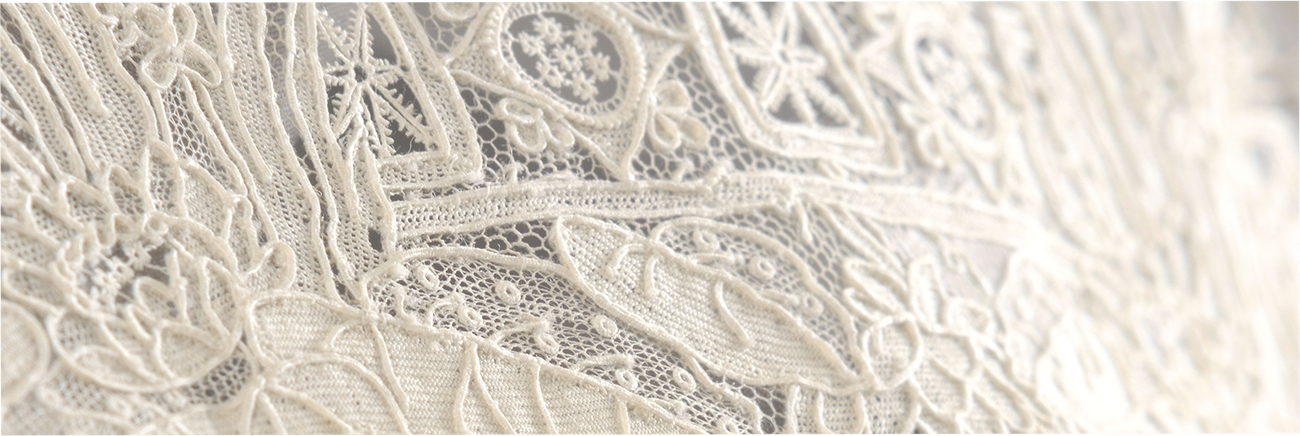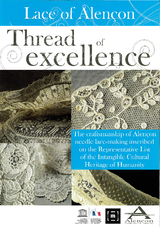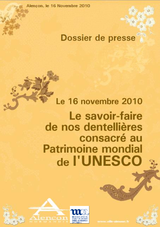10 years already!
On 16 November 2010, the know-how of lace at the Alençon Point was inscribed on the Representative List of the Intangible Cultural Heritage of Humanity by UNESCO.
To find out more:
Find the press kit here!
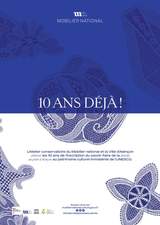
UNESCO
Lace-making know-how that's unique in the world
The craftsmanship of Alençon needle lace-making was added to 's Representative List of the Intangible Cultural Heritage of Humanity on 16 November 2010.
Alençon Lace, also known as Point d'Alençon, is unique and of unusually high quality because the thread creates such intricate interlaced patterns. It consists of many tiny design elements, skilfully assembled together. No piece can be identically replicated, which is what makes it so valuable.
Entirely handmade with a needle and cotton or linen thread, Alençon Lace requires an exceptional lace-making technique. No machine can replicate it.

The lace-makers' know-how, which is entirely learned by listening to and watching their teachers, takes a very long time to apply: 7 to 15 hours are required to make a piece the size of a postage stamp. It takes them 7 to 10 years to master the technique.
Today, 7 experienced lace-makers keep this French excellence alive. They pass on their know-how to others at the National Conservatory Workshop for Alençon Lace, which is attached to the General Administration of the Mobilier National cultural service agency. Each of them knows all the steps in the Point d'Alençon lace-making process.
Alongside the conservation work, the Mobilier National has gradually encouraged the workshop to focus on contemporary creation. This has enabled the lace-makers to use their know-how for modern purposes, as they make lace to artist-designed patterns in their own technical language.
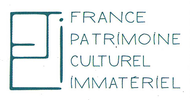 | Did you know? France PCI, the French association for intangible cultural heritage assets, works to promote the listed assets, and facilitates dialogue and the sharing of information, knowledge and experience. It also plays a proactive and reflective role, working with intangible cultural heritage stakeholders in France and around the world. |
En téléchargement :
The 10 steps of lace-making
Alençon Lace owes its unique appearance to the advanced skills required to make it, and to its very lengthy production process. Creating this lace involves no fewer than 10 steps.
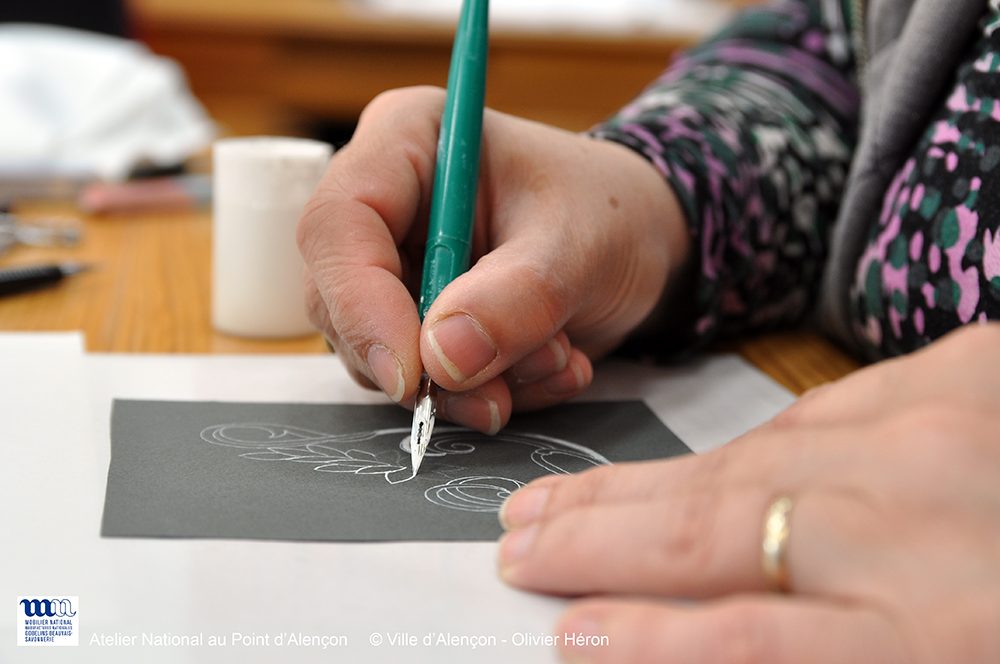
1- Drawing: an initial artistic painting in gouache shows the motifs and ornaments that the lace will have. Then the technical drawing copies the broad strokes and outlines of the artistic drawing.

2- Pricking: Alençon Lace has the particularity of being created using a temporary backing called a parchment. This is a piece of sheepskin dyed green, a colour that puts less strain on the lace-maker's eyes.
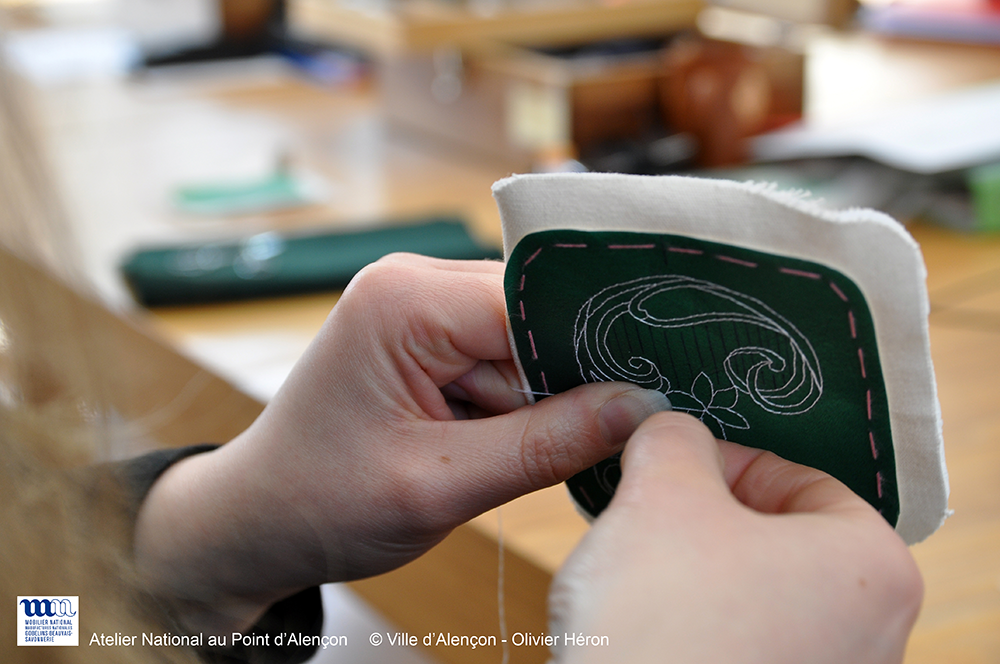
3 - Tracing: once the parchment is perforated, it is placed on 2 layers of cloth. The lace-maker then "traces" the outlines of the drawing with 2 threads. This is a very important step.
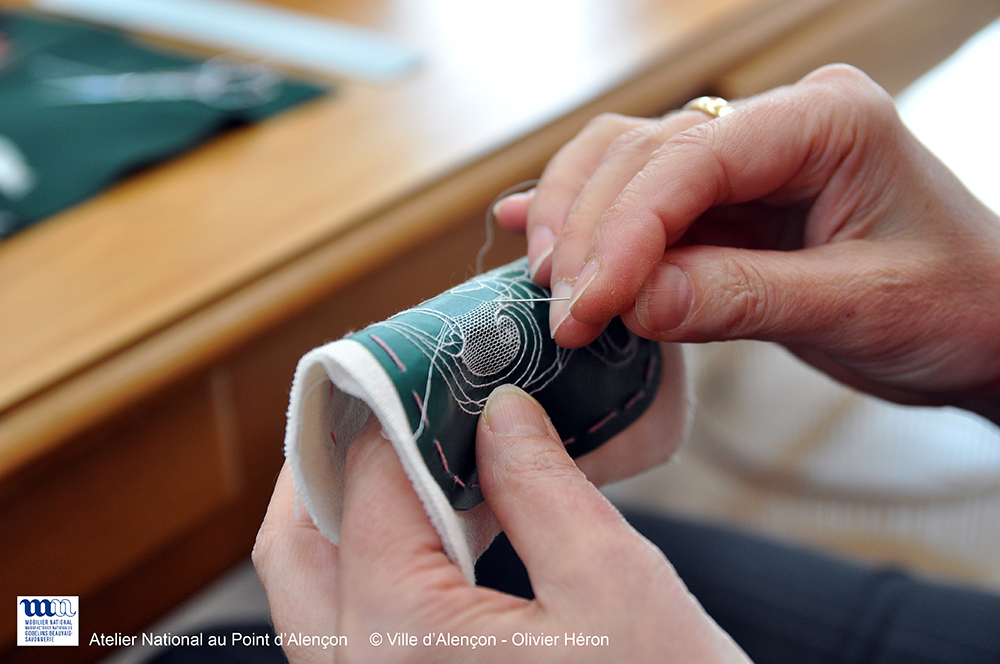
4- The ground: this is the "background" of the lace and is what makes Alençon Lace really special. It is made up of rectangular meshwork that forms a sort of very thin tulle.
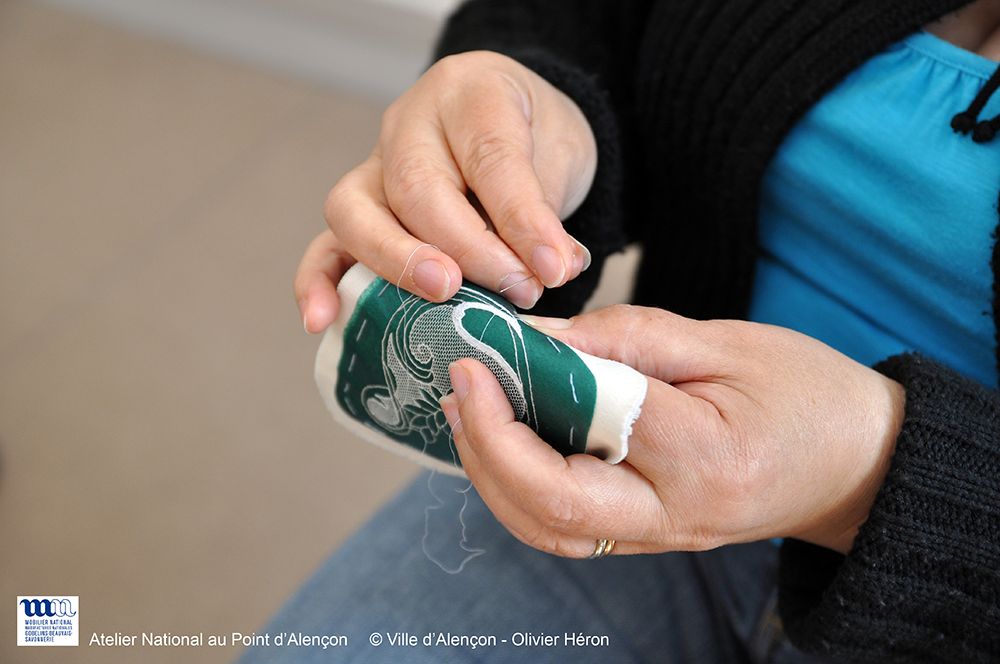
5- The filled areas: these are points in the decoration where variations in the spacing of the mesh are used to create shadows. During this long and elaborate step, the patterns are created: leaves, flowers, scrolls, etc.
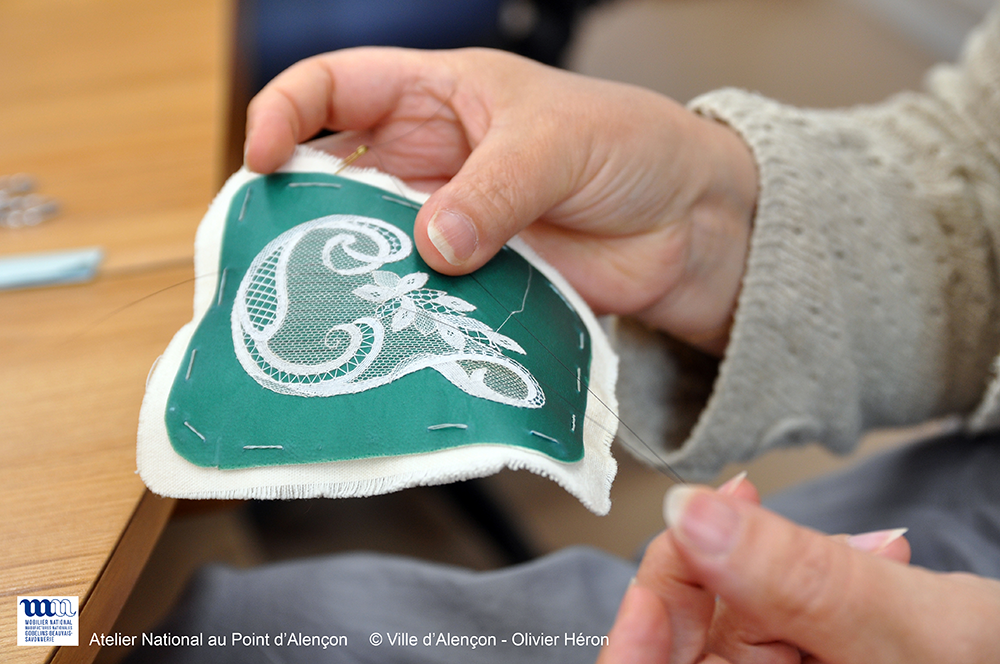
6- The modes: this complex step consists in creating the lace's ornamentation. There are a wide variety of modes: Venise, O à nez, Saint-Esprit, X… At this step, the lace-maker uses a black horsehair for tension.
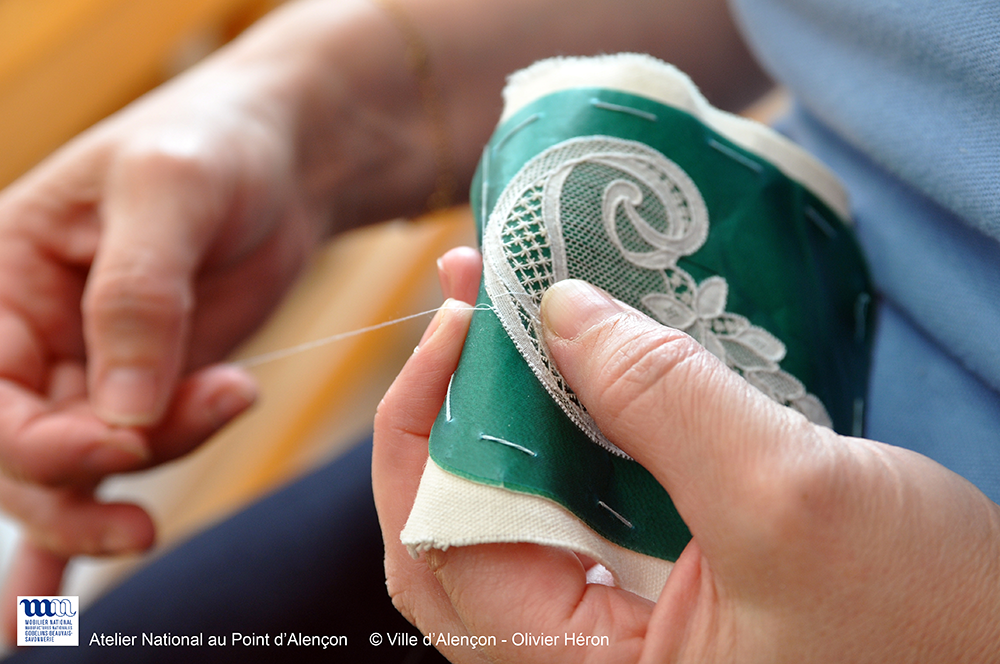
7- Relief embroidery: this adds relief to the lace by emphasising all of the tracing lines. There are two kinds. Simple embroidery is done inside the lace along the tracing lines. Picot embroidery is located on the outer rims of the lace, where small loops called picots are held in place permanently by a white horsehair.
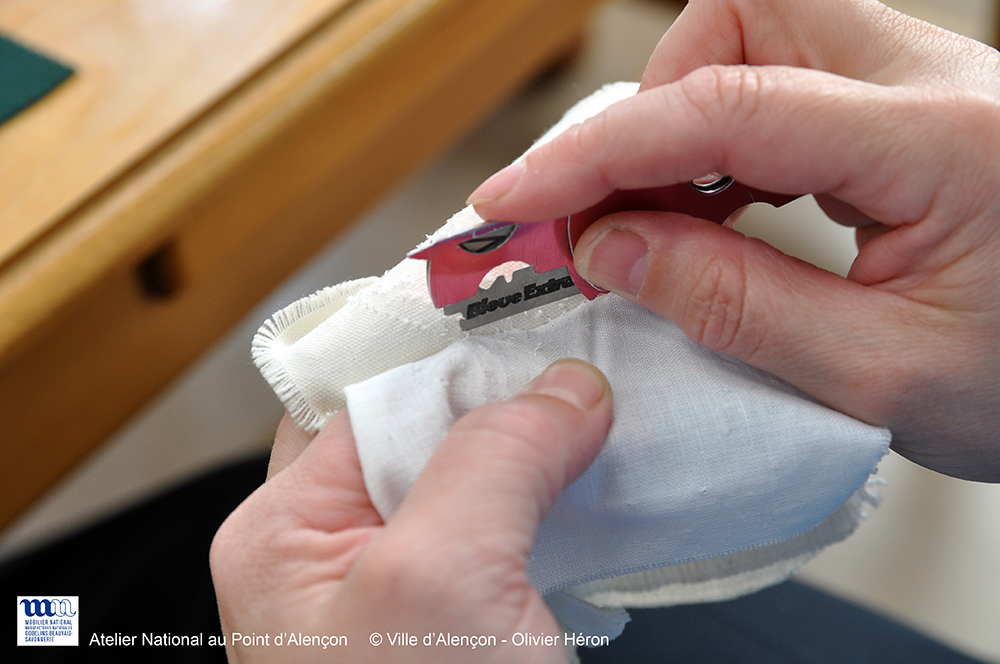
8- Lifting off: the lace-maker cuts the tracing thread using a razor blade. This step separates the lace from its temporary backing.
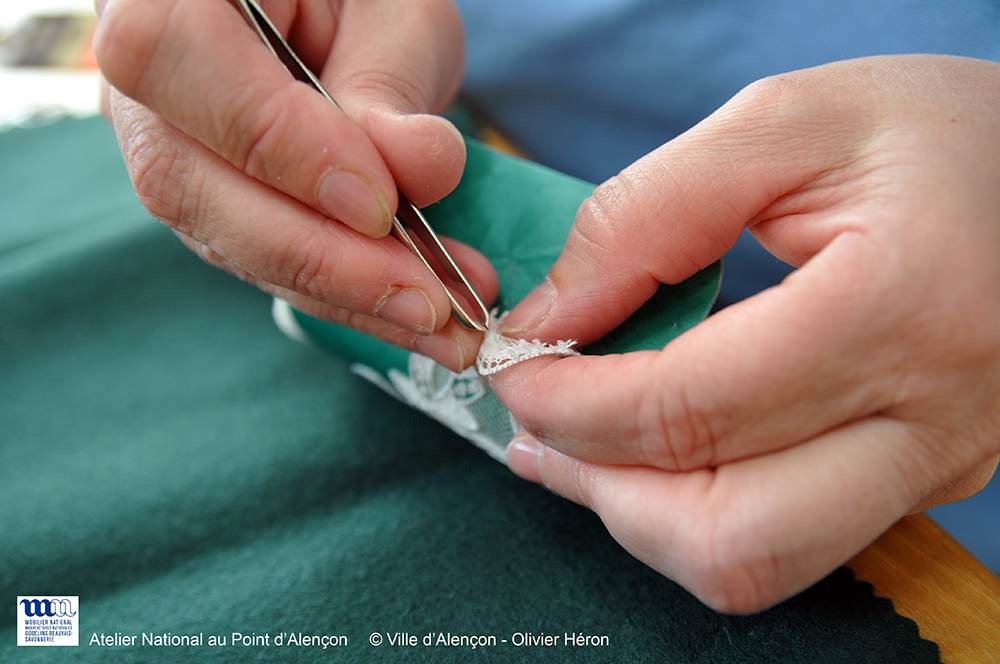
9- Picking off: the lace-maker uses tweezers to remove the ends of the tracing thread caught in the lace, one by one.
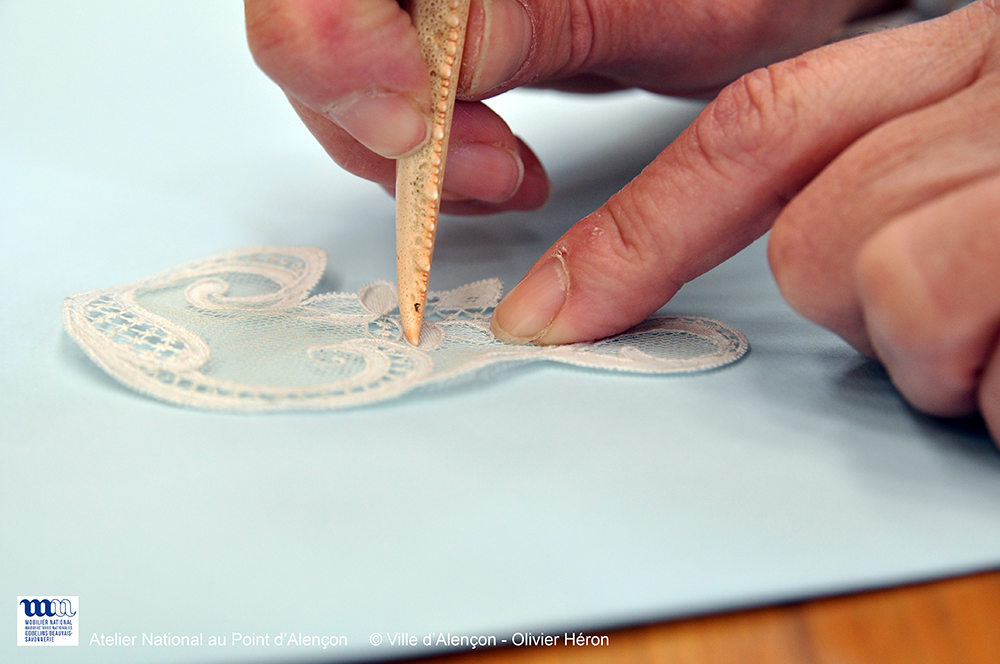
10- Polishing: the lace-maker uses a lobster claw to polish the filled areas. This adds texture and "finishes off" the piece of lace.
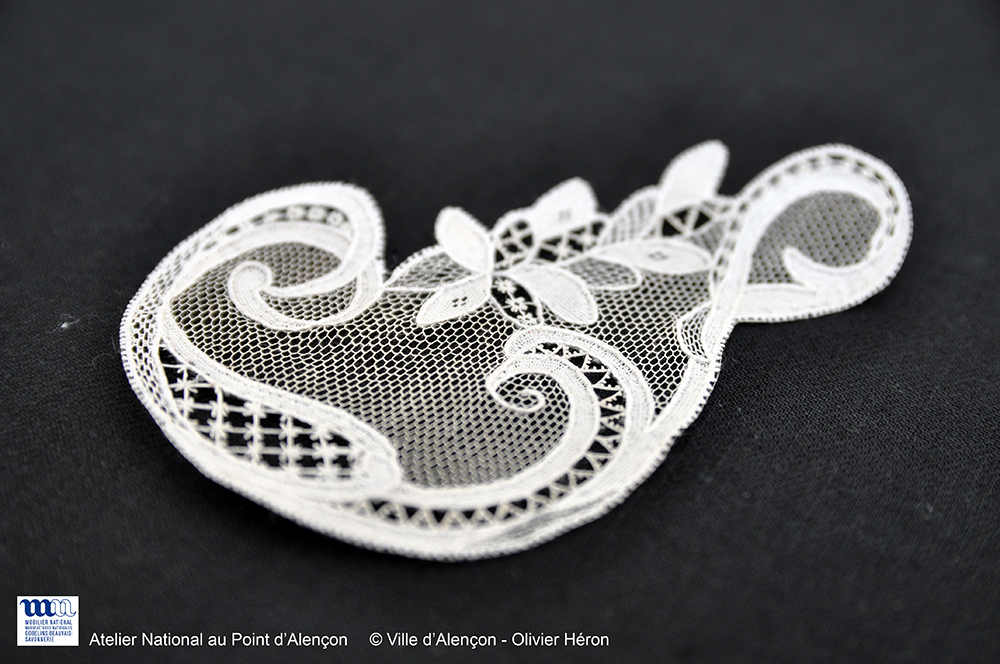
The piece of lace
The art of Alençon lacemakers in video
Action co-financed by the European Union.
![]()


